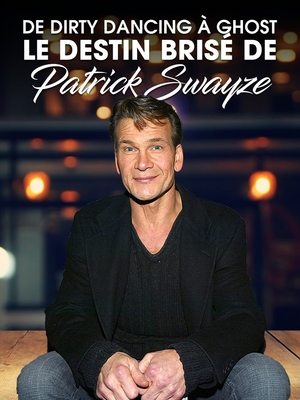
Salving a Steamer(1915)
“Chicago’s Titanic” the S.S. Eastland, a Great Lakes passenger ship in which 844 people lost their lives, is brought up from the seabed.

Movie: Salving a Steamer
Video Trailer Salving a Steamer
Similar Movies
 7.7
7.7The Gleaners and I(fr)
Varda focuses her eye on gleaners: those who scour already-reaped fields for the odd potato or turnip. Her investigation leads from forgotten corners of the French countryside to off-hours at the green markets of Paris, following those who insist on finding a use for that which society has cast off, whether out of necessity or activism.
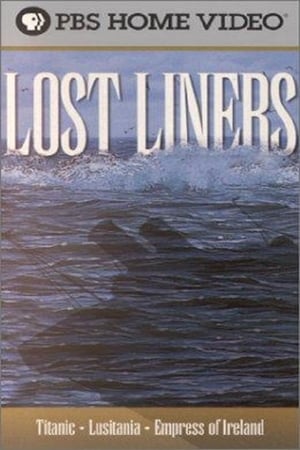 6.0
6.0Lost Liners(en)
Dr. Bob Ballard explores the histories and the final resting places of famous 20th-century passenger liners, including the Titanic, the Lusitania, and the Empress of Ireland.
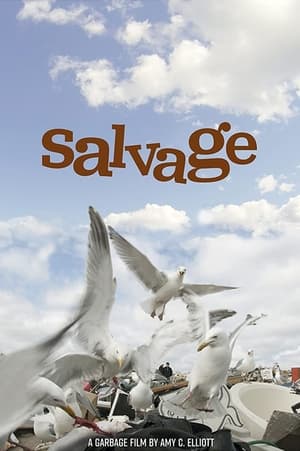 0.0
0.0Salvage(en)
With a massive, unrestricted salvage area, the Yellowknife dump is one of the last and largest open dumps in North America. People from all walks of life go there, to search for everything from tools to clothes to home décor. This documentary follows a group of passionate salvagers over five years as the dump evolves and eventually succumbs to the inexorable efforts of city bureaucrats to subject it to sensible regulations and controls.
 6.0
6.0Guy Martin's Lost WW2 Bomber(en)
Guy joins an ambitious engineering project to recover a crashed WW2 Lancaster Bomber – and the remains of its missing crew members – from the depths of the Dutch lake where it’s lain for 80 years.
 8.3
8.3Titanic: Building the World's Largest Ship(fr)
The virtually untold story of the supersize steamship’s construction: how 15,000 men toiled day and night in life-threatening conditions to create a state-of-the-art floating city.
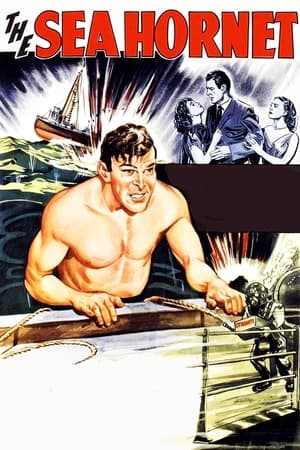 5.0
5.0The Sea Hornet(en)
"The Sea Hornet" was a merchant ship sunk, supposedly by a torpedo, less than a mile off the California Coast during World War Two. Six years later when his buddy is killed, attempting to blow up the sunken ship, on the orders of Suntan Radford and Tony Sullivan, deep-sea diver "Gunner" McNeil has his suspicions aroused... especially since Suntan is the daughter of the ship's captain that died when the ship sunk, and Sullivan was a crew member. Plus the fact the ship had over a million dollars in cash on board. During the course of his investigation, he becomes romantically involved with Ginger Sullivan
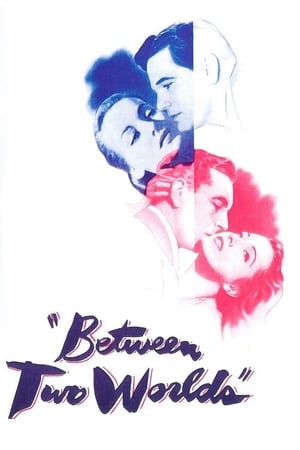 7.0
7.0Between Two Worlds(en)
Passengers on an ocean liner can't recall how they got onboard or where they are going. Soon it becomes apparent that they all have something in common.
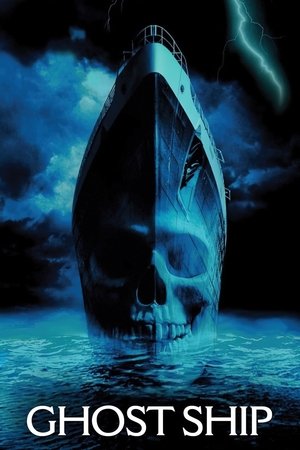 6.0
6.0Ghost Ship(en)
After discovering a passenger ship missing since 1962 floating adrift on the Bering Sea, salvagers claim the vessel as their own. Once they begin towing the ghost ship towards harbor, a series of bizarre occurrences happen and the group becomes trapped inside the ship, which they soon learn is inhabited by a demonic creature.
 6.5
6.5You Can't Save Yourself Alone(it)
Gaetano and Delia, a separated couple, try to pick up the pieces of their broken love, recalling all the faults and the mistakes which led them to where they are now.
 5.9
5.9Outward Bound(en)
A group of strangers find themselves aboard an unmanned ship, surrounded by fog and uncertain of their destination. As they attempt to make sense of their situation, the group of passengers discover a commonality that changes their perception of the nature of their journey. The film was later remade, with some changes, as Between Two Worlds (1944).
 0.0
0.0Girl Overboard(en)
A beautiful girl on a passenger ship is suspected of murder.
 6.9
6.9Olympia: Part One – Festival of the Nations(de)
Commissioned to make a propaganda film about the 1936 Olympic Games in Germany, director Leni Riefenstahl created a celebration of the human form. This first half of her two-part film opens with a renowned introduction that compares modern Olympians to classical Greek heroes, then goes on to provide thrilling in-the-moment coverage of some of the games' most celebrated moments, including African-American athlete Jesse Owens winning a then-unprecedented four gold medals.
 6.7
6.7Olympia: Part Two – Festival of Beauty(de)
Commissioned to make a propaganda film about the 1936 Olympic Games in Germany, director Leni Riefenstahl created a celebration of the human form. Where the two-part epic's first half, Festival of the Nations, focused on the international aspects of the 1936 Olympic Games held in Berlin, part two, The Festival of Beauty, concentrates on individual athletes such as equestrians, gymnasts, and swimmers, climaxing with American Glenn Morris' performance in the decathalon and the games' majestic closing ceremonies.
 6.7
6.7Workers Leaving the Lumière Factory(fr)
Working men and women leave through the main gate of the Lumière factory in Lyon, France. Filmed on 22 March 1895, it is often referred to as the first real motion picture ever made, although Louis Le Prince's 1888 Roundhay Garden Scene pre-dated it by seven years. Three separate versions of this film exist, which differ from one another in numerous ways. The first version features a carriage drawn by one horse, while in the second version the carriage is drawn by two horses, and there is no carriage at all in the third version. The clothing style is also different between the three versions, demonstrating the different seasons in which each was filmed. This film was made in the 35 mm format with an aspect ratio of 1.33:1, and at a speed of 16 frames per second. At that rate, the 17 meters of film length provided a duration of 46 seconds, holding a total of 800 frames.
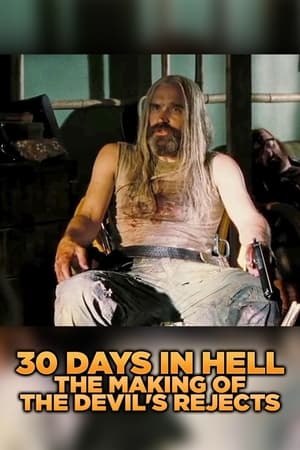 6.0
6.030 Days in Hell: The Making of 'The Devil's Rejects'(en)
An exhaustive, detailed documentary on the 30-day film shoot of "The Devil's Rejects"
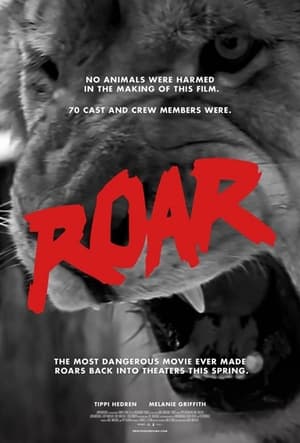 0.0
0.0The Making of Roar(en)
A production of Roar (1981) had special demands on both cast and crew. Learn about this incredible film and about the amazing people who made ROAR possible.
 0.0
0.0How to Win Eurovision(en)
Greg James and Russell Kane present a look at all the ingredients needed to become a Eurovision winner, celebrating the UK's successes and also its hall of shame.
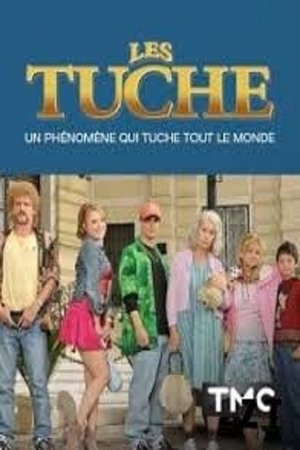 7.2
7.2Les Tuche : un phénomène qui tuche tout le monde(fr)
The phenomenon took everyone by surprise. In the span of three years, despite the mixed reception from the press upon its release in 2011, the Tuche family, a group of eccentric unemployed individuals, found a place in the hearts of the audience. With over eight million viewers during the television broadcast of the first installment and 4.6 million box office admissions for the second part, it became the biggest French success of 2016. The Tuche family has become a phenomenon. Word of mouth gave the film a second life beyond theaters, turning this tribe into the most popular family in French cinema.
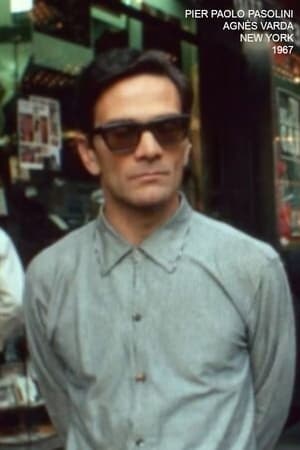 7.1
7.1Pier Paolo Pasolini - Agnès Varda - New York - 1967(fr)
Holding her 16mm camera, an optical prosthesis for a 20th-century stroller, Agnès Varda filmed 42nd Street in NYC in 1967, filming crowds of passers-by to the beat of the Doors. Recovered from the French director's boxes, with images of Varda, Pasolini and New York. Pasolini is shown walking in the Big Apple (where he went to present 'Hawks and Sparrows').


